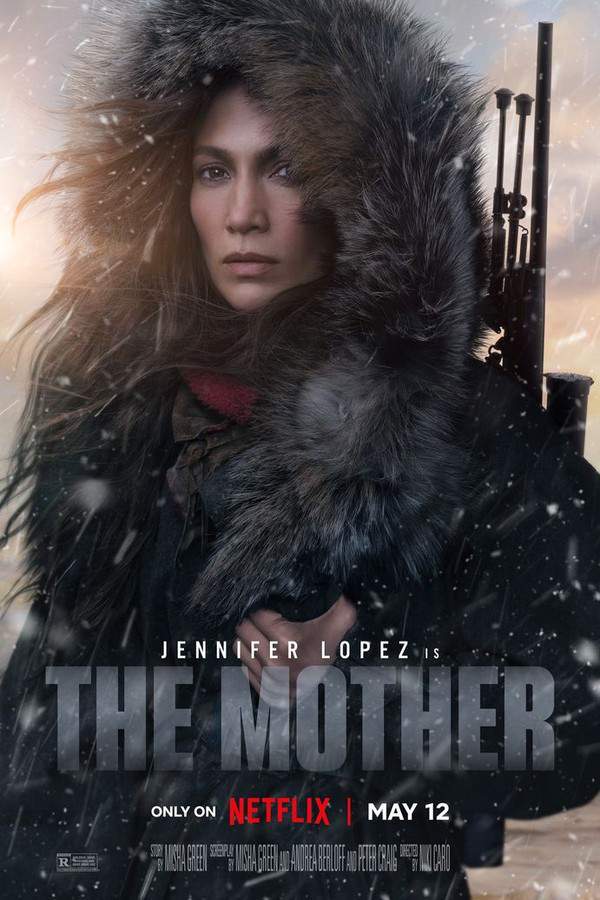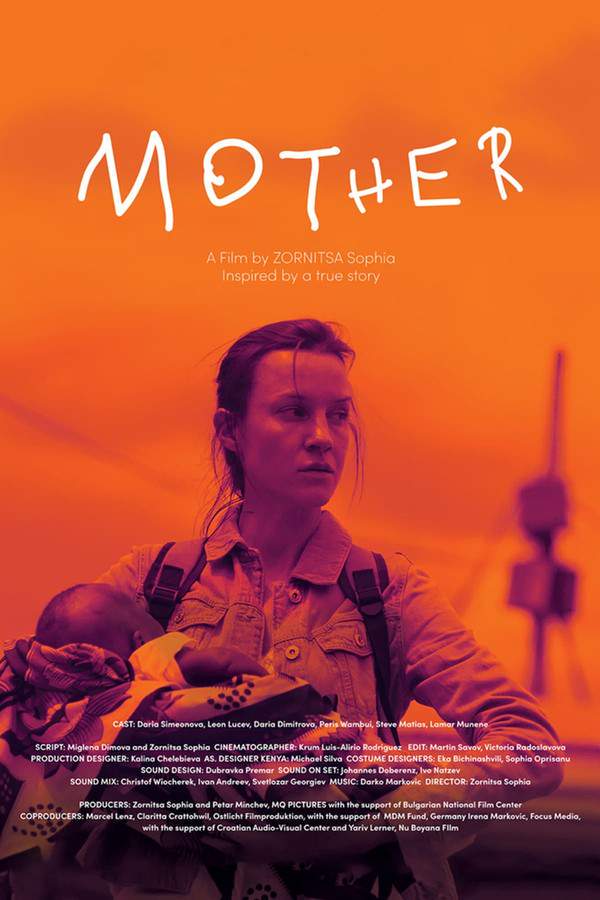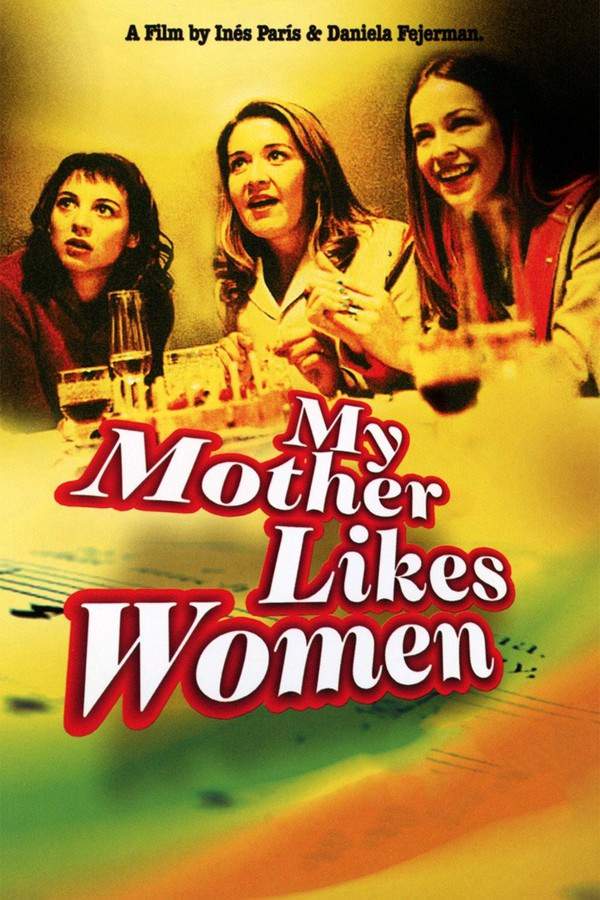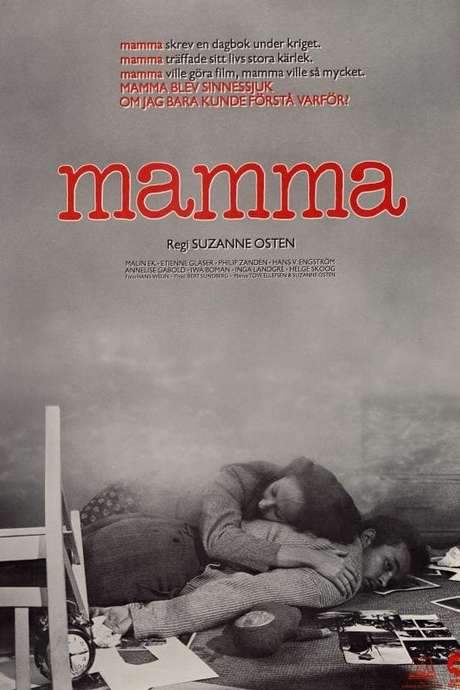
My Mother’s Castle
Year: 1990
Runtime: 99 mins
Language: French
Director: Yves Robert
Young Marcel Pagnol is forced to leave his beloved hill‑top holiday cottage in Provence when his family moves back to Marseille. Determined to return, he hikes the distance alone, gets into trouble, and later his father discovers a hidden shortcut that requires trespassing. Reluctantly, the family begins using the secret trail to reach the cottage, rekindling their connection to the countryside.
Warning: spoilers below!
Haven’t seen My Mother’s Castle yet? This summary contains major spoilers. Bookmark the page, watch the movie, and come back for the full breakdown. If you're ready, scroll on and relive the story!
My Mother’s Castle (1990) – Full Plot Summary & Ending Explained
Read the complete plot breakdown of My Mother’s Castle (1990), including all key story events, major twists, and the ending explained in detail. Discover what really happened—and what it all means.
Marcel, Jean-Pierre Darras grows up in a family rooted in Marseille and its surrounding hills, and the story unfolds in a time frame spanning from just before the Great War era. After the sunlit summer holiday depicted in My Father’s Glory, the family returns to the bustling city, yet Marcel’s heart keeps beating for the gentler, greener slopes that lie beyond the urban edge. The journey back is not quick or simple: even though the holiday home lies only a few kilometers from Marseille, public transport stops short, forcing them to shoulder a long, winding walk along a road that climbs and bends through the landscape. The sense of distance mirrors Marcel’s own longing to escape into nature, into the quiet of thyme-strewn hills, where the world feels both larger and more intimate.
In the hills, Marcel encounters Isabelle Cassignol, Julie Timmerman. He meets her while he’s out gathering thyme for his mother, and from their first meeting a plan begins to form: they will meet again at her house to play. On that first visit, Isabelle’s mother—a person described as eccentric and wary of Marcel’s scruffy appearance—welcomes him with a mix of curiosity and reluctance. The next encounter shifts the mood again: Isabelle’s father, another eccentric figure, sits with his own unusual ritual, drinking absinthe to fuel his poetic mood and to give a certain intoxicated charm to his words. Isabelle herself is a perpetual chameleon, always changing outfits, and she asks Marcel to slip into different roles as part of their make-believe games. At one point, she commands Marcel to take on roles as a dog, a soldier, and a slave, and he dutifully adapts to each demand, drawn to the odd magic of her games.
Marcel’s universe expands as his siblings—Lili and Paul—watch the peculiar play and then report what they see to their father, François, Pierre Maguelon. The boy’s father is a man of principle, upright and careful, and he forbids Marcel from continuing to visit the “crazy girl,” trying to shield his son from a world that seems almost too strange to navigate. Yet the episodes with Isabelle linger in the memory: her bold, theatrical demands, the grasshopper she feeds him with a casual menace, and the way the hills themselves seem to bend around their secret friendship. The family’s gaze lingers on Isabelle for a while, as if their lives are briefly refracted through her strange, bright world.
As the days pass, a chance encounter deepens the sense of possibility and risk in their journey. While traveling to their house one day, the family meets one of Marcel’s father’s former pupils, who now works maintaining a canal that threads from the hills down toward Marseille. This worker shows them a key that would let them pass through a string of locked doors along the towpath—a shortcut that promises to shave time off their journeys but also invites trespass. François, honest and conscientious, hesitates at the idea of crossing private land, knowing that granting themselves the shortcut could jeopardize his teaching career if discovered. After much persuasion from the family, he relents, accepting the key in the name of an emergency, and the family begins to use the passage more and more.
With each weekend that passes, the shortcut reshapes their routine. They glide through the canal’s doors and gates, and the journey that once took hours is shortened to a fraction of the time. The sense of thrill comes with a creeping anxiety: every door could be the one that betrays them to authority, every unfamiliar patch of land a potential trap. Yet the owners of some properties and the groundsman of others prove to be friendlier than anticipated, and the family’s secret becomes a kind of shared memory—a precarious but cherished liberty.
This precariousness culminates at the start of the summer holidays. The mother—filled with maternal fear about the consequences of crossing private land—prepares for the moment she will have to face the owner again. When they reach the final door, they discover it has been padlocked. The caretaker of the estate, who has been watching them, decides to report the incident. The canal workers, however, confront the caretaker and insist that pressing charges would be inappropriate; they defend the family and challenge the misuse of the padlock. It becomes a tense standoff, but the caretaker withdraws the complaint, recognizing the weight of the canal workers’ argument.
In a surprising turn of events, the canal workers go further than just defending the family: they remove the padlock, place it on the gate, and give the key to the caretaker’s dog so that it cannot leave the estate. The row ends with a sense of uneasy victory for Marcel’s family, tempered by the realization that their freedom was won by the intervention of outsiders who valued the shared beauty of the land.
The film’s epilogue leaps five years into the future, painting a broader, more somber picture of the children’s fates. It recalls the death of Marcel’s mother and then traces the divergent paths of his siblings: Paul becomes a goatherd in the Provençal countryside, only to die at the age of 31; Lili is struck down in 1917 during the First World War. Marcel himself survives to become a successful film director, and his company purchases a large, old house near Marseille to convert into a film studio. As he walks the grounds of this new venture, a familiar door reappears before him, a door that once symbolized the family’s secret freedom. In a burst of anger and memory, he grabs a rock and smashes the door, attempting to put behind him a troubling spell that tied his childhood to a land of private exceptions and unspoken rules.
Throughout this intimate, bittersweet tale, the rhythm of life—its small joys, its stubborn certainties, and its abrupt losses—shapes a boy into a man who learns to read the land’s strange generosity and its stricter laws. The film uses the texture of childhood summers, the smell of thyme and dust, and the quiet tension of crossing borders—literal and moral—to explore how a family negotiates love, duty, and the dream of a freer world. The shared memories of those hills remain with Marcel as years pass, reminding him that the road home is never simply a road; it is a thread that binds family, memory, and the longing for a place where doors can be opened, or left gently ajar, for those who dare to dream beyond the accepted path.
Last Updated: October 09, 2025 at 14:54
Unlock the Full Story of My Mother’s Castle
Don't stop at just watching — explore My Mother’s Castle in full detail. From the complete plot summary and scene-by-scene timeline to character breakdowns, thematic analysis, and a deep dive into the ending — every page helps you truly understand what My Mother’s Castle is all about. Plus, discover what's next after the movie.
My Mother’s Castle Timeline
Track the full timeline of My Mother’s Castle with every major event arranged chronologically. Perfect for decoding non-linear storytelling, flashbacks, or parallel narratives with a clear scene-by-scene breakdown.

Similar Movies to My Mother’s Castle
Discover movies like My Mother’s Castle that share similar genres, themes, and storytelling elements. Whether you’re drawn to the atmosphere, character arcs, or plot structure, these curated recommendations will help you explore more films you’ll love.
Explore More About Movie My Mother’s Castle
My Mother’s Castle (1990) Scene-by-Scene Movie Timeline
My Mother’s Castle (1990) Movie Characters, Themes & Settings
My Mother’s Castle (1990) Spoiler-Free Summary & Key Flow
Movies Like My Mother’s Castle – Similar Titles You’ll Enjoy
Petite Maman (2021) Film Overview & Timeline
The Mother (2004) Film Overview & Timeline
Mother (1997) Full Movie Breakdown
My Mother Likes Women (2004) Full Movie Breakdown
My Mother Frank (2000) Spoiler-Packed Plot Recap
My Son (2006) Full Movie Breakdown
My Father’s Glory (1990) Detailed Story Recap
Maman Que Man (1982) Plot Summary & Ending Explained
Mother (1982) Movie Recap & Themes
Manon of the Spring (1986) Story Summary & Characters
Mother Valley (2023) Film Overview & Timeline
My Mother’s Friend (1975) Story Summary & Characters
Mommy Is at the Hairdresser’s (2008) Story Summary & Characters
His Mother’s House (1974) Movie Recap & Themes
This is My Mother (2023) Full Summary & Key Details

















